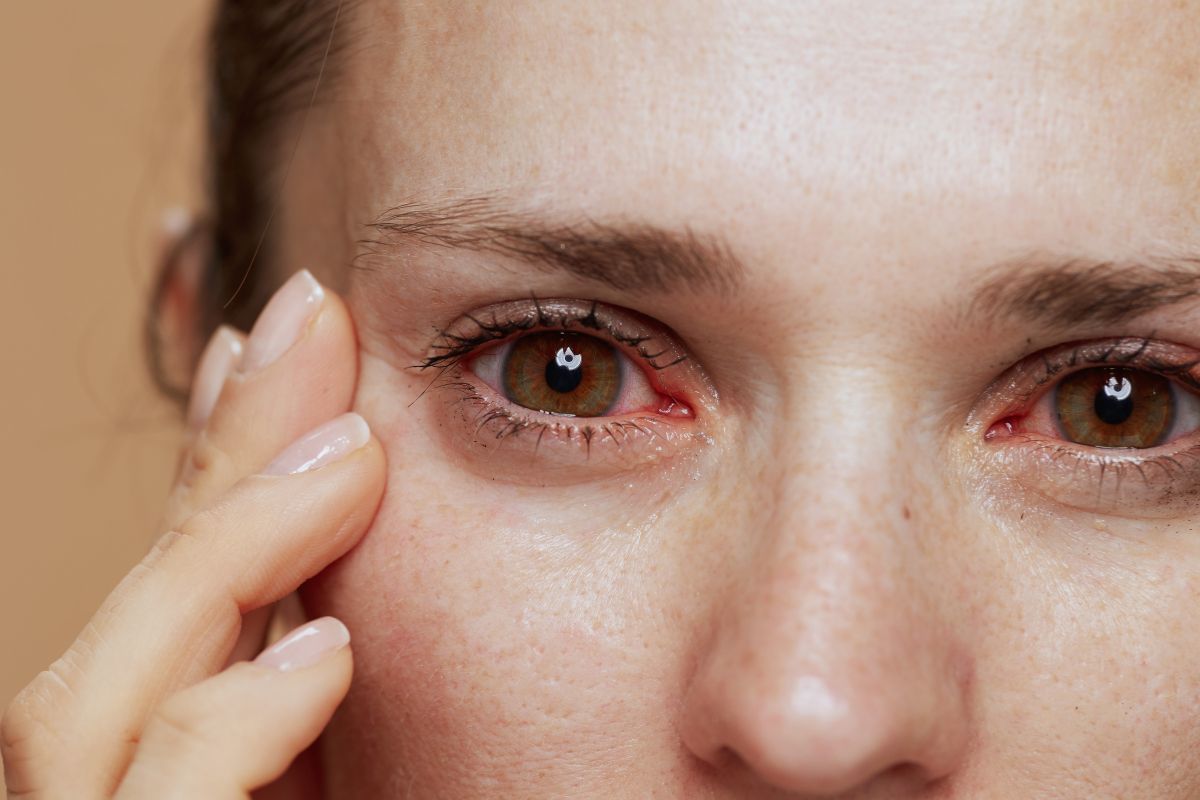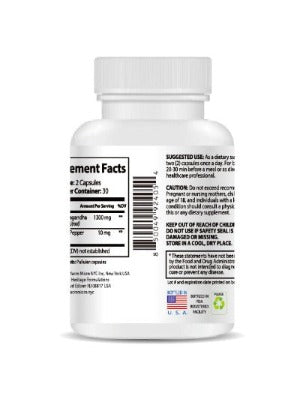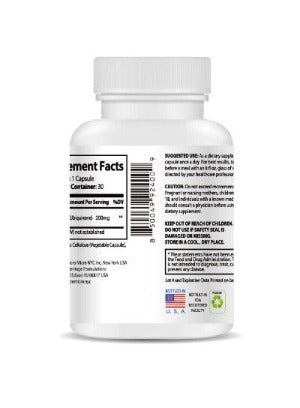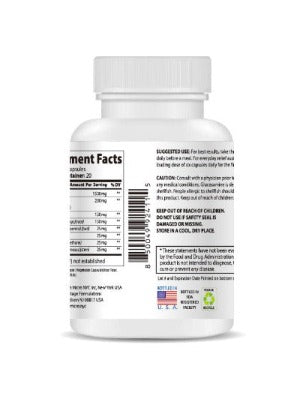Are Allergies Making Your Dry Eye Symptoms Worse? A Comprehensive Guide
Dry eye symptoms are a pervasive and often debilitating problem, impacting millions worldwide and significantly diminishing quality of life. The persistent dryness, irritation, burning, stinging, and discomfort can disrupt daily activities, reduce productivity, and negatively affect overall well-being. While various factors contribute to the complex etiology of dry eye disease (DED), allergies are frequently an underestimated yet substantial exacerbating factor, often intensifying symptoms and making management more challenging. This comprehensive guide delves into the intricate relationship between allergies and dry eyes, offering insights into how allergic reactions intensify dry eye symptoms and providing effective management strategies for achieving relief and improved comfort.
Understanding the Allergy-Dry Eye Connection: A Deeper Dive into the Mechanisms
The connection between allergies and dry eyes is multifaceted and involves a complex interplay of inflammatory mediators and disruptions to the delicate ocular surface. Allergic reactions trigger the release of histamine, leukotrienes, and other inflammatory cytokines by the body's immune system. These inflammatory chemicals don't just affect the nasal passages and airways; they also directly impact the tear glands, resulting in a reduction in both the quantity and quality of tear production—a hallmark of dry eye disease. This tear deficiency isn't simply a matter of reduced lubrication; it also involves alterations in the composition of the tear film, disrupting its protective properties and exacerbating symptoms.
Furthermore, allergic conjunctivitis—an allergic inflammation of the conjunctiva, the delicate membrane lining the eyelids and the eye's surface—plays a significant role in worsening dry eye symptoms. The inflammation associated with allergic conjunctivitis contributes directly to increased dryness, irritation, and discomfort. The ocular surface becomes more susceptible to damage and environmental irritants, perpetuating a cycle of inflammation and dryness. The constant itching and rubbing associated with allergic reactions further compounds the problem. This repetitive friction damages the already compromised ocular surface, potentially leading to corneal abrasions and further exacerbating the dryness and discomfort.
It's crucial to dispel the misconception that watery, itchy eyes from allergies are the opposite of dry eyes. While watery eyes may be present, the underlying inflammatory process is the key culprit. This inflammation disrupts the delicate equilibrium of the eyes' natural lubrication system, which includes the meibomian glands responsible for the lipid layer of the tear film. Disruptions to the meibomian glands lead to evaporative dry eye, a subtype of DED that significantly contributes to overall dryness.
Identifying Allergy-Related Dry Eye: Key Indicators and Diagnostic Considerations
Suspecting that allergies might be worsening your dry eye symptoms? Careful observation and documentation of your symptoms are crucial. Look out for these key indicators that suggest an allergy-dry eye connection:
- Seasonal Exacerbation: A noticeable and significant increase in dry eye symptoms during specific allergy seasons (spring, fall, summer, or winter depending on the region and specific allergens).
- Concomitant Allergic Symptoms: The presence of other classic allergic symptoms such as itchy, watery eyes, runny nose, sneezing, and nasal congestion alongside the dry eye symptoms.
- Inflammation and Redness: Visible redness, swelling, and inflammation of the conjunctiva (the white part of the eye) and eyelids.
- Burning, Stinging, and Foreign Body Sensation: A persistent burning, stinging, or gritty sensation in the eyes, as if there's a foreign body present.
- Increased Sensitivity to Light (Photophobia): Increased sensitivity to light, making it difficult or uncomfortable to be in brightly lit environments.
- Mucus Production: An unusual amount of stringy, sticky mucus discharge from the eyes.
- Blurred Vision: Temporary blurring or fluctuations in vision, often related to the fluctuating levels of tear film stability.
- Nocturnal Dryness: Increased dryness and discomfort at night, potentially indicating issues with the meibomian glands or evaporative dry eye.
If you're experiencing a combination of these symptoms, a consultation with an ophthalmologist or allergist is crucial for accurate diagnosis and tailored treatment planning. These healthcare professionals can perform comprehensive eye examinations, including tear film assessments (e.g., tear breakup time, Schirmer's test) and potentially allergy testing to determine the specific allergens triggering your reactions. Early diagnosis and appropriate management can help prevent chronic dry eye complications and preserve ocular health.
Effective Management Strategies: A Holistic and Multi-pronged Approach
Managing dry eye effectively during allergy season requires a holistic and multi-pronged approach that addresses both the underlying allergy and the resultant dry eye symptoms. This strategy is significantly more effective than addressing only one aspect of the problem.
- Allergen Avoidance: Identifying and minimizing exposure to known allergens is paramount. This includes using air purifiers with HEPA filters, avoiding outdoor activities during peak pollen times, showering or washing hair after spending time outdoors, and regularly washing bedding, clothing, and other textiles that may harbor allergens.
- Allergy Medications: Over-the-counter and prescription allergy medications, such as antihistamines (oral or topical), mast cell stabilizers, and leukotriene inhibitors, can significantly reduce allergic reactions and their impact on the eyes. Consult your doctor or allergist to determine the most appropriate medication for your specific needs and allergies. Always follow prescribed dosages and instructions carefully.
- Artificial Tears: Using artificial tears regularly throughout the day helps to lubricate the eyes and alleviate dryness. Choose preservative-free artificial tears whenever possible to minimize potential irritation. Consider different formulations to find one that suits your individual needs, including viscosity and comfort.
- Warm Compresses: Applying warm compresses to your eyelids for several minutes, several times a day, helps to soothe inflammation and stimulate meibomian gland expression, improving the lipid layer of the tear film.
- Lid Hygiene: Regularly cleaning your eyelids with a gentle cleanser helps to remove debris, allergens, and bacteria that can contribute to dry eye and irritation. Use a soft cloth or cotton swab and avoid harsh scrubbing to prevent further irritation.
- Omega-3 Fatty Acids: Incorporating foods rich in omega-3 fatty acids (e.g., fatty fish, flaxseeds) or taking supplements can improve tear film stability and reduce inflammation. Omega-3s have anti-inflammatory properties that can benefit both allergic reactions and dry eye.
- Hydration: Staying adequately hydrated supports overall bodily functions, including tear production. Drink plenty of water throughout the day.
-
Wise Quest Soothing Eye Patches: These innovative patches, harnessing the power of traditional Chinese herbal medicine, provide soothing relief from eye fatigue, dryness, astringency, redness, and swelling. They promote healthy blood circulation, helping to relieve most eye discomfort and conditions associated with allergies and dry eye. Use as directed for optimal results.

When Professional Intervention is Necessary: Seeking Expert Care
While self-care measures can effectively manage mild dry eye symptoms, it's crucial to seek professional medical attention if your symptoms are severe, persistent, unresponsive to self-treatment, or accompanied by vision changes. An ophthalmologist or allergist can conduct a thorough eye examination, accurately diagnose the underlying cause of your dry eye, and recommend tailored treatment plans. These plans may include:
- Prescription Medications: Stronger anti-inflammatory medications, cyclosporine eye drops, or other specialized medications may be necessary for severe cases.
- Specialized Eye Drops: Prescription eye drops may be prescribed to address specific aspects of dry eye, such as tear production or inflammation.
- Punctal Plugs: Small plugs may be inserted into the tear drainage ducts to reduce tear drainage and improve moisture retention.
- Intense Pulsed Light (IPL) Therapy: IPL therapy can help to treat meibomian gland dysfunction, a common contributor to evaporative dry eye.
- Other Therapies: Other advanced therapies may be considered in severe or unresponsive cases.
Regular follow-up appointments are crucial to monitor treatment effectiveness and adjust therapy as needed.
Conclusion: A Holistic Approach to Dry Eye Relief and Long-Term Ocular Health
The intricate relationship between allergies and dry eye requires a holistic and proactive approach to management. By recognizing the connections between allergic reactions and dry eye symptoms, employing preventative measures such as allergen avoidance and using appropriate allergy medications, and utilizing effective management strategies such as artificial tears and Wise Quest Soothing Eye Patches, individuals can significantly alleviate dry eye symptoms and improve their overall ocular health. Remember that early intervention and professional guidance can prevent long-term complications and preserve the health of your precious vision. Don't hesitate to seek professional medical advice for proper diagnosis and personalized treatment to ensure optimal eye health and well-being. Regular checkups are recommended to monitor your eye health and address any changes or worsening symptoms.










